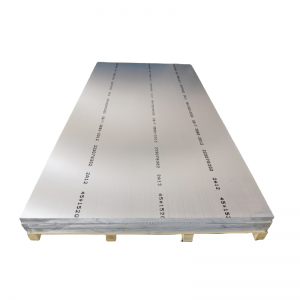Six Common Processes for Aluminum Alloy Surface Treatment (II)
Do you know all six common processes for surface treatment of aluminum alloys?
4、 High gloss cutting
Using a precision carving machine that rotates to cut parts, local bright areas are generated on the surface of the product. The brightness of the cutting highlight is affected by the speed of the milling drill bit. The faster the drill bit speed, the brighter the cutting highlight, and vice versa, the darker it is and easier to produce tool lines. High gloss cutting is particularly common in the use of mobile phones.
5、 Anodization
Anodizing refers to the electrochemical oxidation of metals or alloys, in which aluminum and its alloys form an oxide film on aluminum products (anodes) under corresponding electrolytes and specific process conditions due to the action of applied current. Anodizing can not only solve defects in surface hardness and wear resistance of aluminum, but also extend its service life and increase its aesthetics. It has become an indispensable part of aluminum surface treatment and is currently the most widely used and highly successful process.
6、 Two color anodizing
Two color anodizing refers to anodizing a product and assigning different colors to specific areas. Two color anodizing has a complex process and high cost, But the contrast between the two colors better reflects the high-end and unique appearance of the product.
